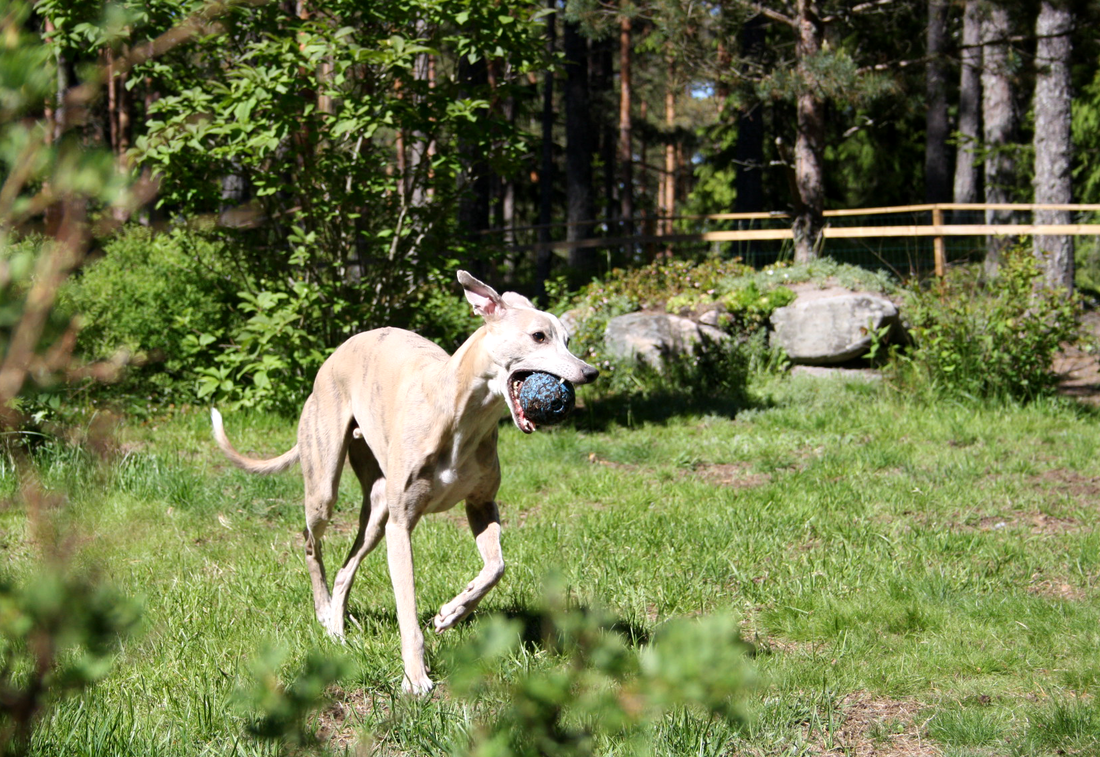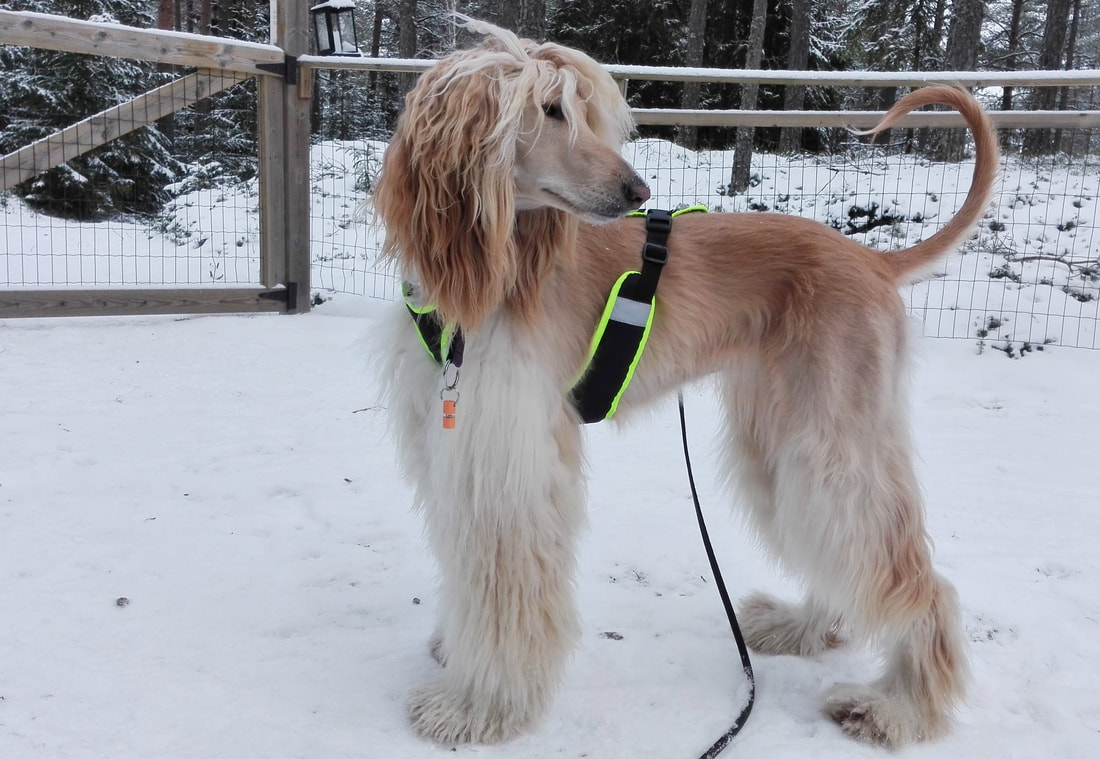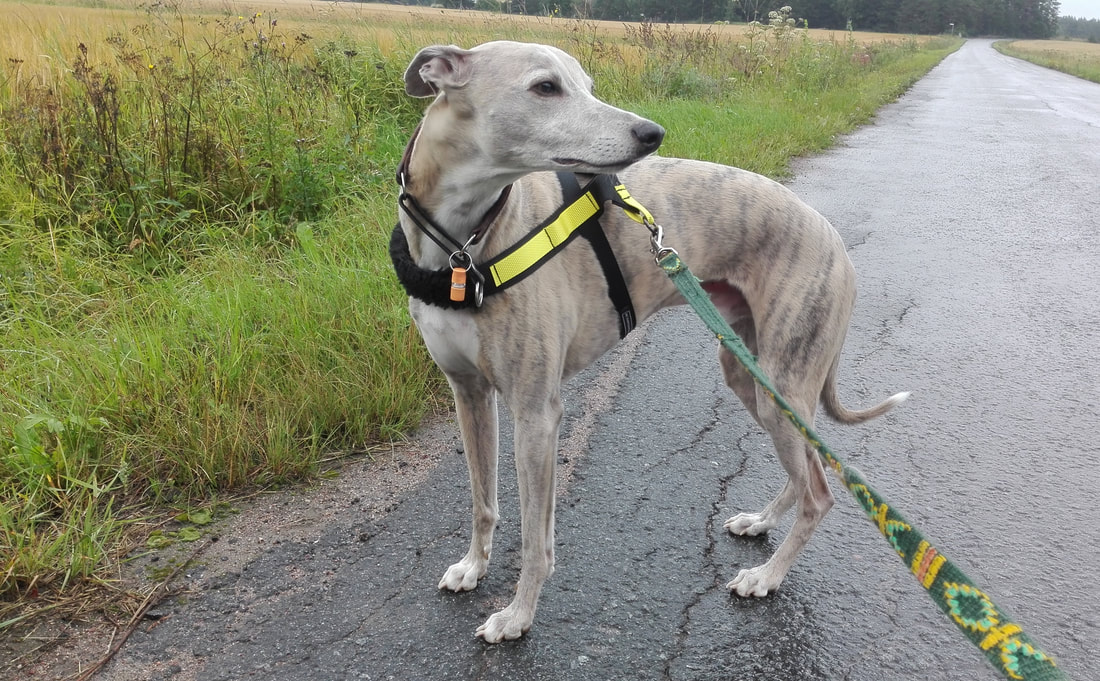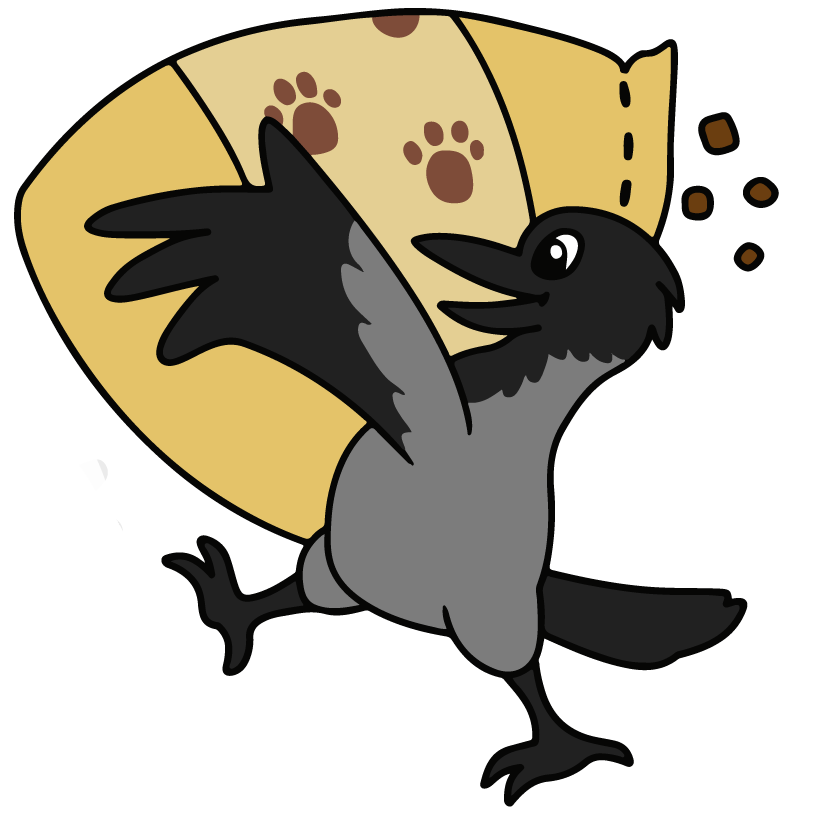I decided to attack this matter not because I think most people don't walk their dogs but because sometimes it seems to me walks are not seen neither beneficial or important to the dog. I am sure all of us have heard ”5 minutes running free is worth 30 minutes walking in the leash” by now, but is it so? What does just a regular old walking in the leash give to the dog and why every dog would benefit going for a walk every day? |
Mistä on kyse?Koko elämänsä koiria harrastaneen raakaruokintafriikin ajatuksia, pohdintoja ja elämää koiralauman kanssa. Seuraa meitä
Päivitämme säännöllisen epäsäännöllisesti myös Facebookiin.
Historia
June 2022
Kategoriat
All
|





